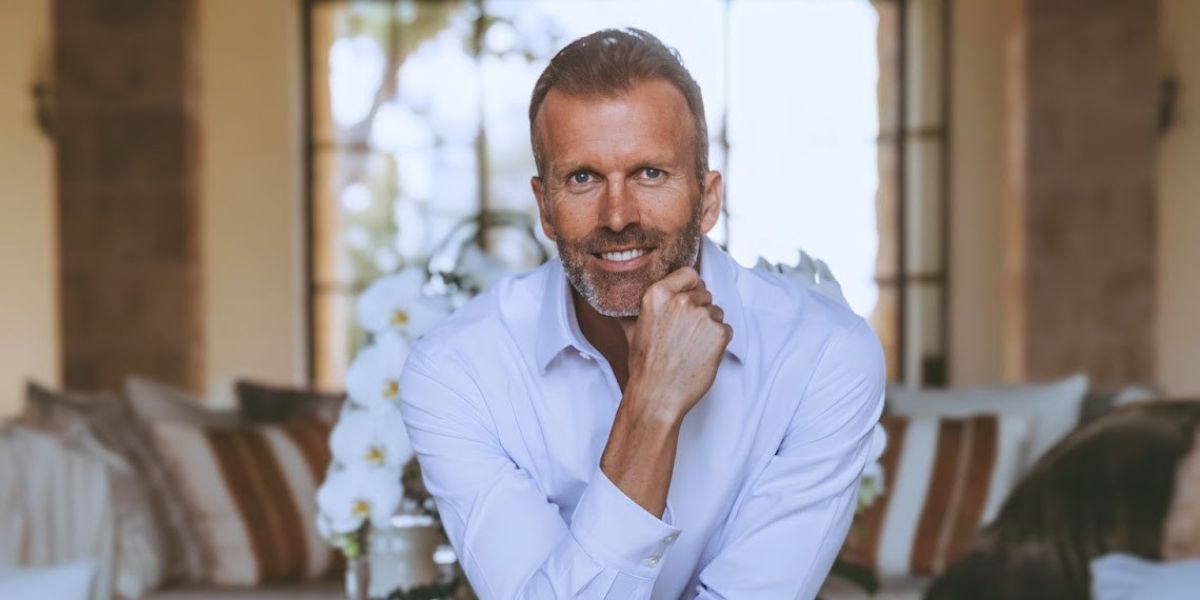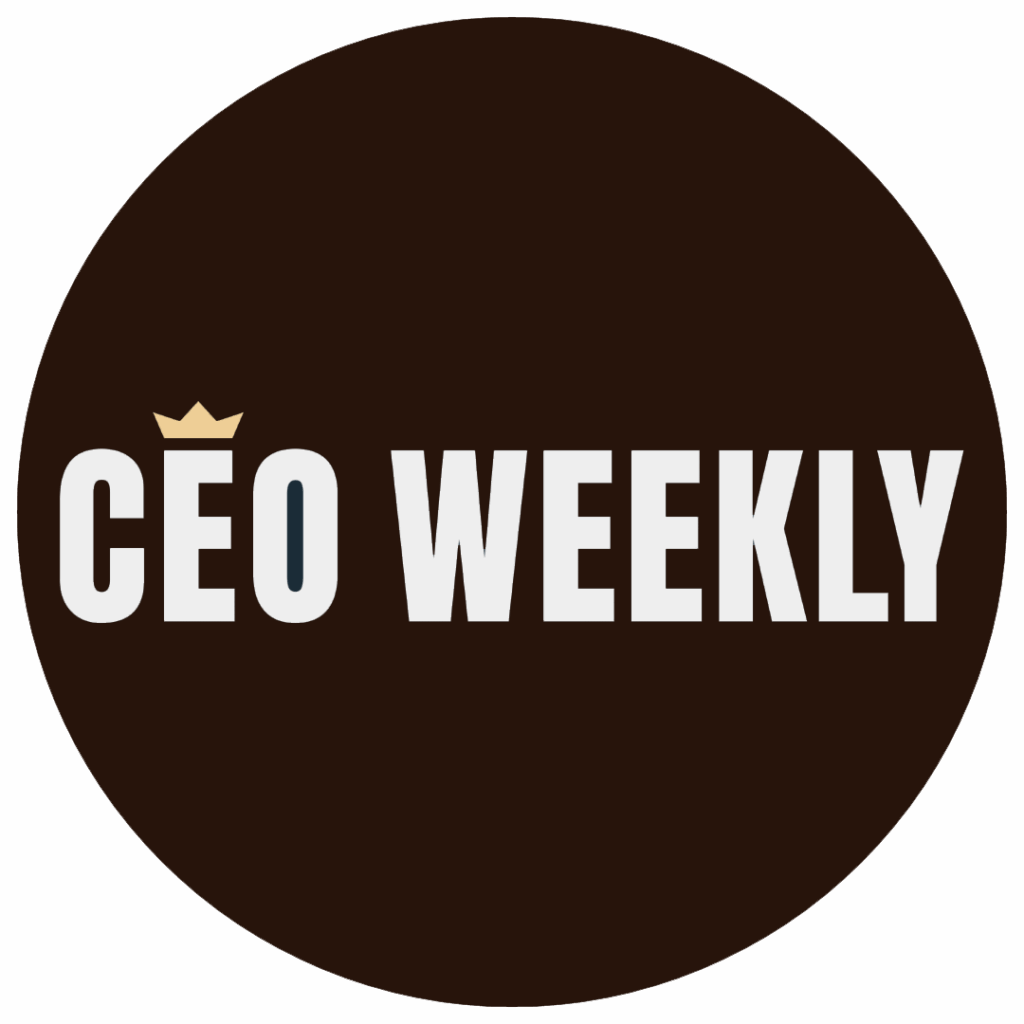Identifying and addressing blind spots is one of the most valuable contributions that consultants, coaches, and leaders can offer their clients. Blind spots, or areas of unawareness, often hinder personal and professional growth, decision-making, and overall effectiveness. Tackling these unseen obstacles requires a blend of empathy, strategic tools, and a structured approach. This article explores the concept of blind spots, challenges in identifying them, and strategies to overcome these barriers.
Understanding Blind Spots
Definition and Nature
Blind spots are areas where individuals lack self-awareness, often due to cognitive biases, ingrained habits, or emotional triggers. They can lead to ineffective decision-making, miscommunication, or unproductive behaviors. These unseen obstacles often go unnoticed until an external party highlights them.
Impact on Decision-Making
Blind spots have a significant impact on decision-making. For example, a leader unaware of their micromanaging tendencies may demotivate their team. Recognizing these blind spots is essential to make informed, balanced decisions and foster healthier relationships.
Common Sources
Blind spots commonly arise from:
- Cognitive biases: Patterns like confirmation bias, where individuals favor information aligning with their beliefs.
- Emotional responses: Reactions rooted in past experiences or unresolved conflicts.
- Deeply ingrained beliefs: Cultural or personal values that influence perspective.
Methods for Identifying Blind Spots
Self-Reflection and Mindfulness
Encouraging clients to engage in regular self-reflection is a foundational approach. By fostering mindfulness, clients can begin to recognize habitual behaviors and thought patterns that may be counterproductive.
360-Degree Feedback
Gathering insights from peers, subordinates, and supervisors offers a well-rounded perspective on a client’s strengths and weaknesses. This feedback often reveals blind spots that may not surface in direct interactions with a coach or consultant.
Behavioral Assessments
Tools like the Myers-Briggs Type Indicator (MBTI) and CliftonStrengths help uncover inherent personality traits. These assessments provide structured insights into how individuals approach challenges, interact with others, and make decisions.
Emotional Intelligence (EQ) Evaluations
Emotional intelligence assessments evaluate a client’s ability to perceive, regulate, and respond to emotions. A low EQ score can highlight areas where the client may lack awareness, such as difficulty managing stress or empathizing with others.
Challenges in Identifying Blind Spots
Client Resistance
One of the most common challenges is client resistance. People may feel defensive or uncomfortable confronting areas of weakness. This defensiveness can stem from fear of judgment or a lack of trust in the process.
Cognitive Dissonance
Cognitive dissonance arises when individuals face conflicting beliefs or evidence that challenges their self-perception. This discomfort can prevent clients from acknowledging their blind spots.
Overconfidence Bias
Clients who exhibit high self-assurance may underestimate their limitations, making it harder to recognize or accept blind spots. This bias often creates a barrier to honest self-assessment.
Strategies for Overcoming Challenges
Building Trust
Establishing a trusting relationship is crucial. When clients feel safe and supported, they are more likely to engage in honest discussions about their limitations. Coaches and consultants should foster an environment of empathy and non-judgment.
Active Listening
Demonstrating active listening shows clients that their perspectives are valued. By attentively acknowledging their thoughts and feelings, consultants can encourage openness and vulnerability.
Providing Constructive Feedback
Delivering feedback in a constructive and supportive manner helps clients view their blind spots as opportunities for growth rather than failures. Framing feedback positively fosters a willingness to engage with the process.
Encouraging a Growth Mindset
Promoting a growth mindset helps clients believe that abilities and intelligence can be developed. This perspective reduces defensiveness and increases receptivity to feedback.
Tools and Techniques
Journaling
Encouraging clients to maintain a reflective journal can help them identify patterns in their behavior and thought processes. Journaling fosters deeper self-awareness over time and provides a written record for review.
Role-Playing Scenarios
Simulating scenarios where clients must navigate challenging situations can illuminate blind spots in real-time. These exercises provide actionable insights and practice for improvement.
Mindfulness Practices
Incorporating mindfulness exercises, such as meditation or deep-breathing techniques, enhances self-awareness and emotional regulation. Mindfulness helps clients respond thoughtfully rather than react impulsively.
Regular Check-Ins
Establishing consistent check-ins ensures clients remain focused on addressing their blind spots. These sessions provide opportunities to track progress, adjust strategies, and reinforce positive behaviors.
Ethical Considerations
Confidentiality
Confidentiality is paramount when addressing blind spots. Clients must trust that their vulnerabilities will remain private and that the process is conducted with integrity.
Informed Consent
Clients should be fully aware of the methods and tools used to identify blind spots. Gaining their consent ensures transparency and builds trust in the process.
Non-Judgmental Approach
Approaching blind spots without judgment creates a supportive atmosphere. Clients are more likely to engage in meaningful self-discovery when they feel respected and valued.
Outcomes of Addressing Blind Spots
Enhanced Self-Awareness
Recognizing blind spots significantly increases self-awareness. Clients gain a clearer understanding of their behaviors, motivations, and areas for improvement.
Improved Decision-Making
With greater awareness, clients make more informed decisions. Addressing blind spots allows them to consider diverse perspectives and avoid pitfalls that hinder success.
Personal and Professional Growth
Uncovering and addressing blind spots leads to meaningful personal and professional development. Clients experience increased confidence, stronger relationships, and a more proactive approach to challenges.
Identifying client blind spots is a challenging yet rewarding process. By fostering trust, leveraging tools like 360-degree feedback and behavioral assessments, and promoting a growth mindset, coaches and consultants can help clients uncover areas that hinder their progress. Addressing these blind spots leads to improved self-awareness, better decision-making, and holistic growth.
As clients embrace their blind spots as opportunities rather than limitations, they unlock their potential for personal and professional success. For consultants and coaches, guiding clients through this journey is one of the most impactful ways to support transformative change.








